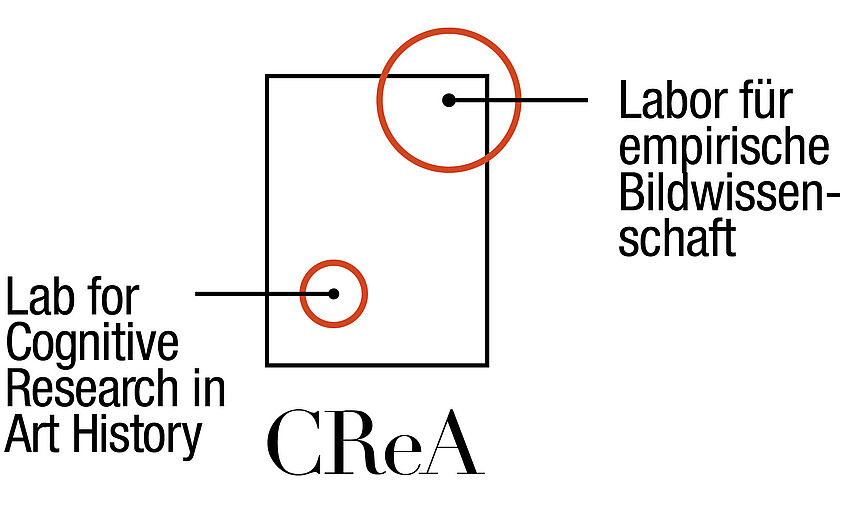ArtVis. Dynamic Network Perspectives on Digital Art History

Supporting interactive exploration of artists’ exhibition activity through: (A) Timeline to support identifying temporal patterns; (B) Exhibition table providing a structured overview for in-depth analysis; (C) Dynamic ego network enabling an understanding of co-exhibition behavior.
FWF Project (2022 - 2025)
Silvia Miksch (PI), Raphael Rosenberg (Co-PI)
Velitchko Filipov, Teresa Kamencek, Michaela Tuschner, Victor Schetinger
in Cooperation with the Centre for Visual Analytics Science and Technology (CVAST), TU Vienna
Art History is not only about understanding artists and artworks but also the entire art system, i.e., all factors determining art and its history. In order to better understand the history of art, a major challenge of Art History is therefore to analyze the complex relationships of the components of said art system and to undertand how these interactions vary over time.
While traditional approaches were purely qualitative, more recently databases that capture vast amounts of data and model the entities of this system, are becoming widely available. An example is the Database of Modern Exhibitions (DoME) documenting as comprehensively as possible art exhibitions in Europe between 1905 and 1915 which allows for a quantitative exploration of artistic activity in the pre-WWI era (see also FWF project "Exhibitions of Modern European Painting 1905-1915").
The aim of ArtVis is to model the complex relations captured in DoME through the use of Network Visualization (NetVis). Networks have a wide range of application in many domains, including social sciences, software engineering, and economics. NetVis has proven to be a successful tool to model data and phenomena for tasks in these domains, yet most modern solutions do not account for the complex aspects of the data and their dynamic. Since real-world data is rarely static, however, and for most application domains and problems it is essential to model and visualize the evolution and change of attributes and characteristics in the network, we aim to trace the movement of actors, events and their relationships over time.
ArtVis therefore aims to deliver novel perspectives for a non-over-simplifying, data-based approach to Art History. Our research goal is to design, develop, and evaluate techniques that facilitate the interactive exploration and analysis of complex network data in time and space. We believe that novel VA approaches for Art History with a focus on the network dynamics, and their complexity in space and time, will provide new insights for art historians, and then through generalization advance the state-of-the-art for NetVis. We pursue three research questions at the intersection of Visual Analytics and Art History:
1) How can Visual Analytics support art historians to gain insights into changing relationships between persons, objects, places, events, and institutions over time utilizing innovative concepts of NetVis?
2) How can we use the layout of NetVis to convey aspects of the data beyond the topological structure of the network in order to infer connections and compare activity patterns between persons, groups, and places as well as exhibitions and the institutions organizing them?
3) Which developed techniques can be generalized to analyze and visualize the complexity and dynamics of networks with different entities in space and time with the goal of clustering, outlier detection, and influence tracing?
This transdisciplinary project is conducted by the TU Wien, Institute of Visual Computing and Human-Centered Technology in close cooperation with the University of Vienna, Department of Art History.
Funded by the Austrian Science Fund (FWF), grant [P35767]; Grant-DOI [10.55776/P35767]



